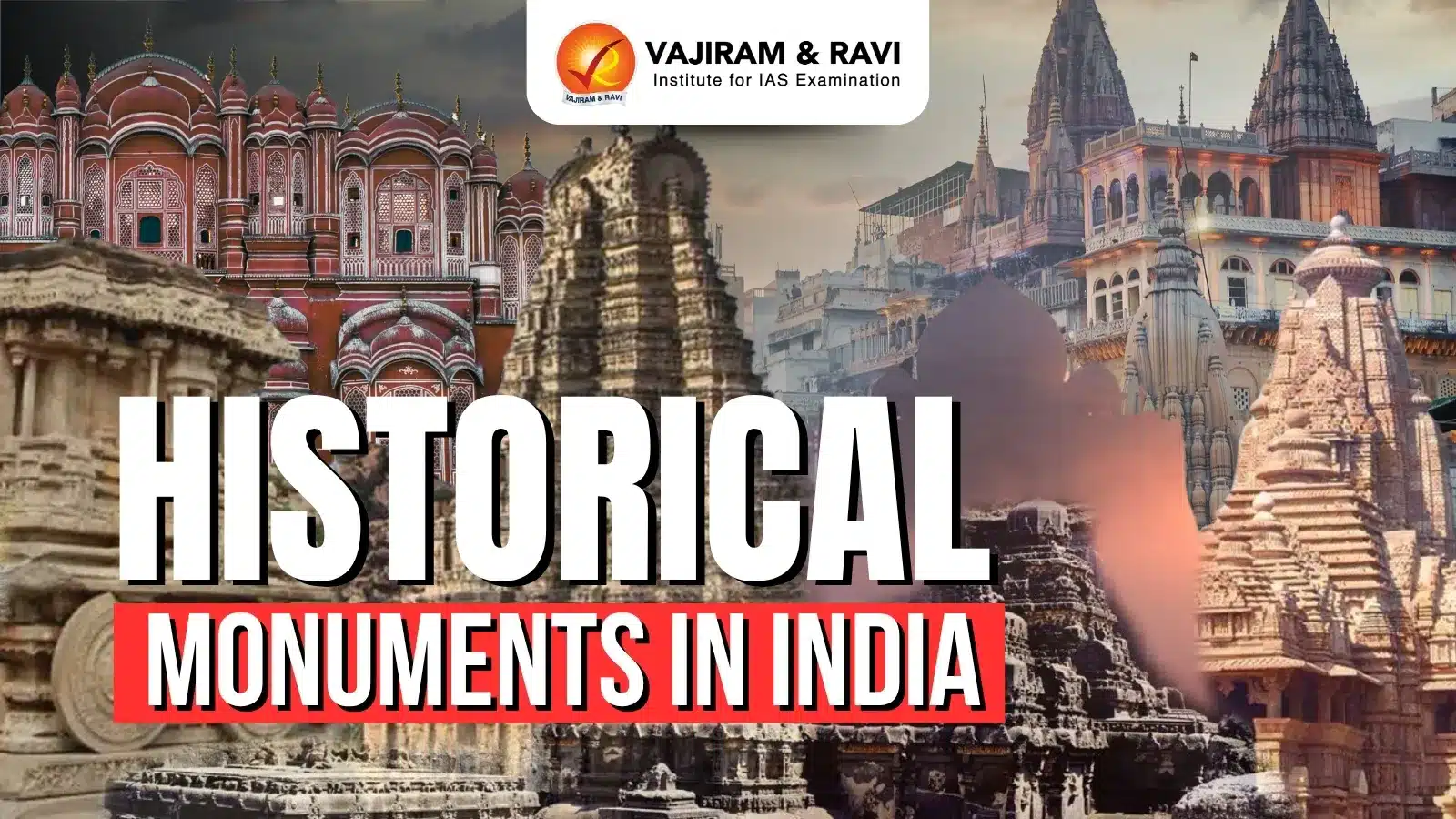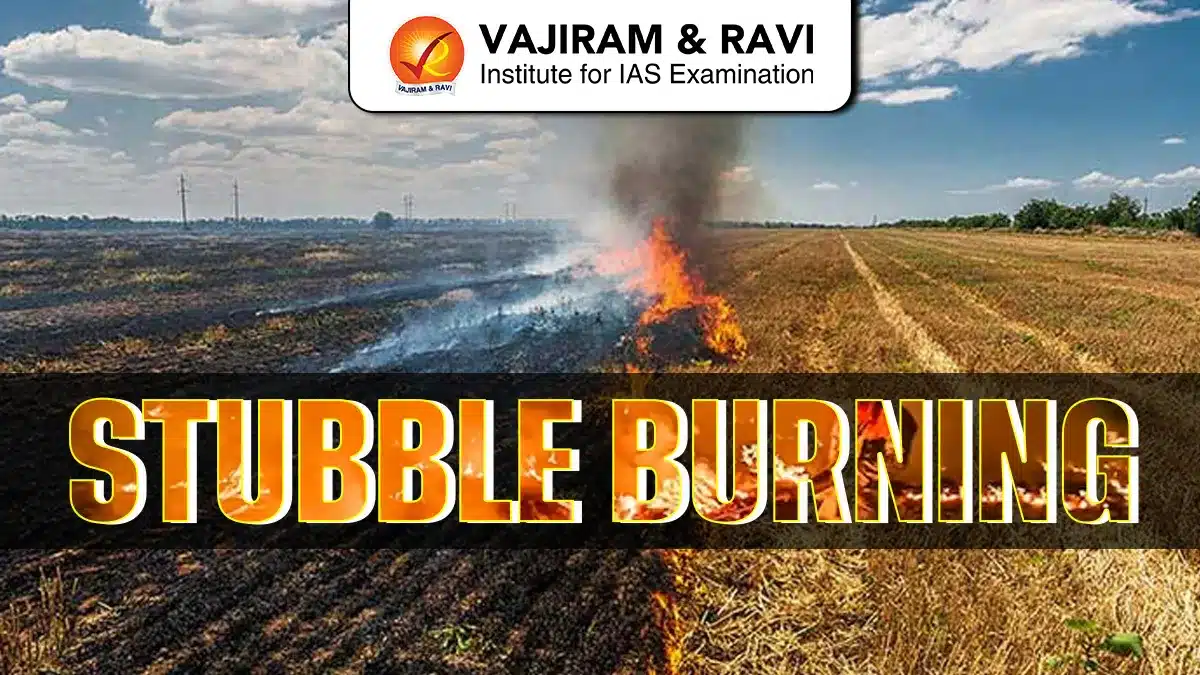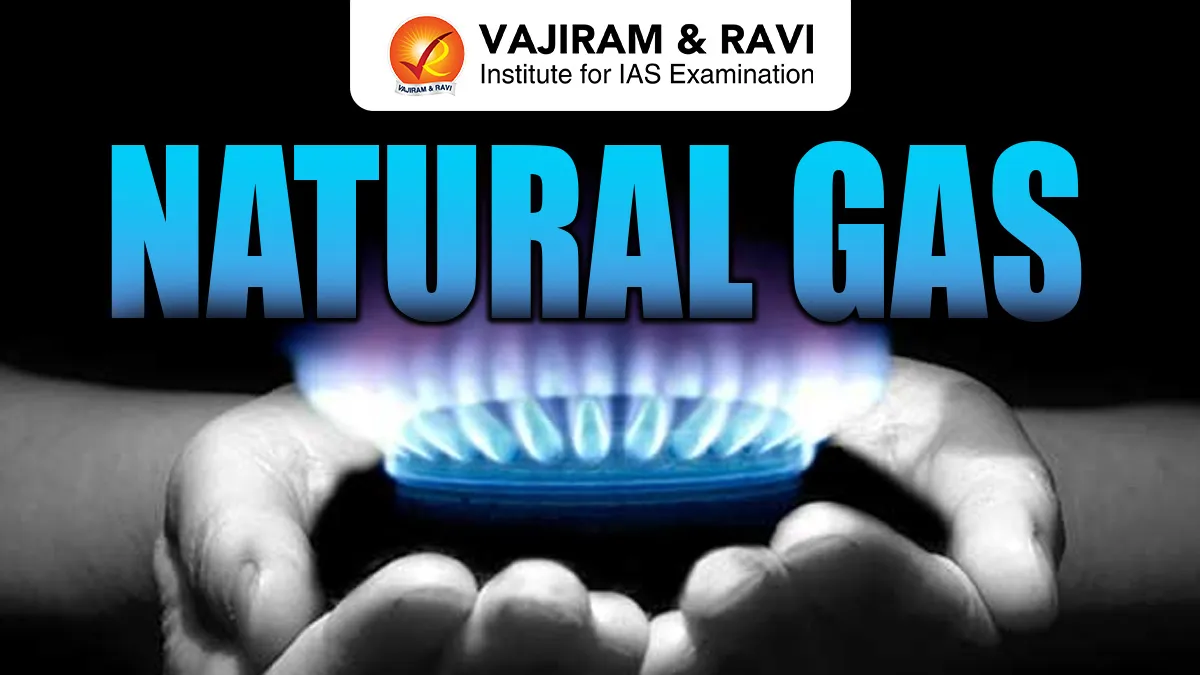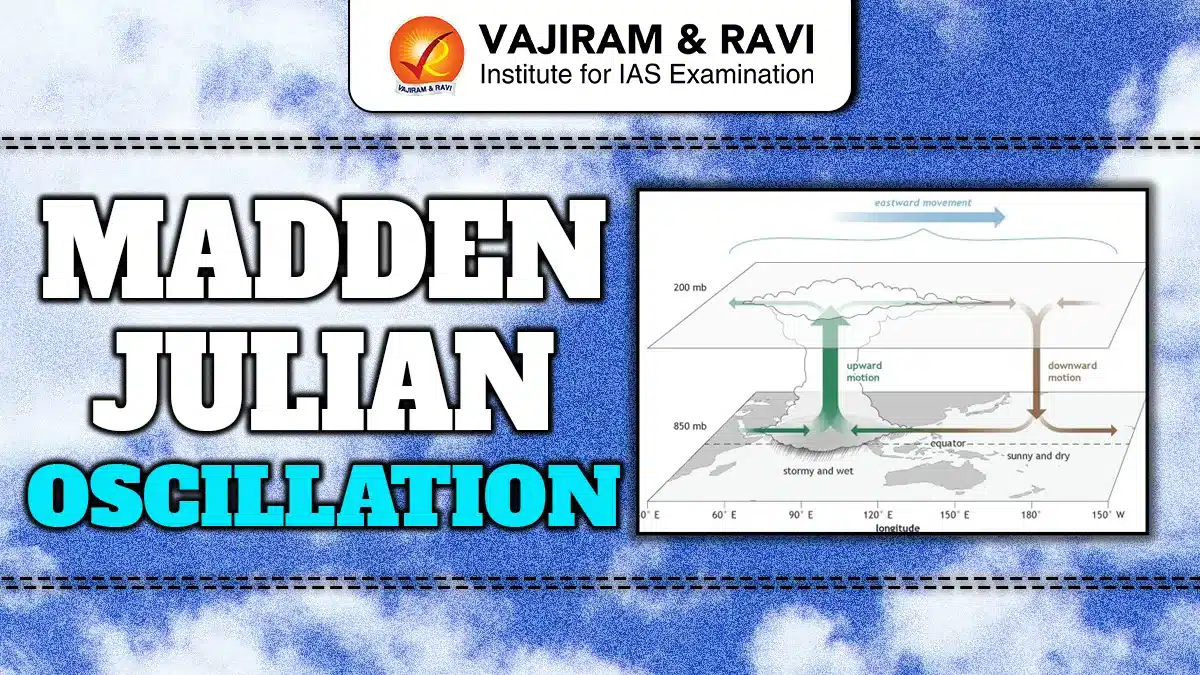India is a land of Historical Monuments that narrate stories of dynasties, religions, and cultures. These Historical Monuments in India not only attract various tourists each year but also stand as symbols of India’s glory. The List of Historical Monuments of India preserved under the Archaeological Survey of India (ASI) and many are UNESCO World Heritage Sites.
List of Historical Monuments of India
The Historical Monuments of India are spread across its states and represent different time periods, rulers, and religions. These include Buddhist stupas, Hindu temples, Islamic forts, and Jain rock-cut caves. Each monument tells a unique story and showcases the craftsmanship of ancient Indian artisans. Below is a table summarizing the List of Historical Monuments of India:
| List of Historical Monuments of India | |||
|
Monument |
Location |
Built By |
Year Built |
|
Taj Mahal |
Agra, Uttar Pradesh |
Mughal Emperor Shah Jahan |
1631-1648 |
|
Red Fort |
Delhi |
Shah Jahan |
Mid 17th century |
|
Qutub Minar |
Delhi |
Mamluk Dynasty |
1193-1368 |
|
Humayun’s Tomb |
Delhi |
Empress Bega Begum |
1565-1570 |
|
Fatehpur Sikri |
Agra, Uttar Pradesh |
Mughal Emperor Akbar |
1571-1585 |
|
Ajanta Caves |
Aurangabad, Maharashtra |
Buddhist monks |
2nd century BCE – 6th century CE |
|
Ellora Caves |
Aurangabad, Maharashtra |
Buddhist, Hindu, Jain monks |
6th-11th centuries |
|
Khajuraho Temples |
Khajuraho, Madhya Pradesh |
Chandela Dynasty |
950-1050 |
|
Konark Sun Temple |
Konark, Odisha |
Eastern Ganga Dynasty |
13th century |
|
Meenakshi Temple |
Madurai, Tamil Nadu |
Pandya Dynasty |
7th century |
|
Sanchi Stupa |
Sanchi, Madhya Pradesh |
Maurya Empire |
1st – 3rd century BCE |
|
Hampi |
Karnataka |
Vijayanagar Empire |
14th century |
|
Mahabalipuram |
Tamil Nadu |
Pallava Dynasty |
7th century |
|
Elephanta Caves |
Maharashtra |
Rashtrakuta rulers |
5th to 6th centuries |
|
Rani ki Vav |
Patan, Gujarat |
Chalukya Dynasty |
11th century |
|
Charminar |
Hyderabad, Telangana |
Muhammad Quli Qutb Shah |
1591 |
|
Qutb Shahi Tombs |
Hyderabad, Telangana |
Qutb Shahi dynasty |
16th-17th centuries |
|
Golconda Fort |
Hyderabad, Telangana |
Bahmani Sultanate |
13th century |
|
Brihadeeswara Temple |
Thanjavur, Tamil Nadu |
Rajaraja Chola I |
11th century |
|
Mahabodhi Temple |
Bodh Gaya, Bihar |
Ashoka |
3rd century BCE |
Top 10 Historical Monuments in India
Top 10 Historical Monuments in India are globally recognized for their heritage value. These include museums, temples, forts, and rock-cut caves that span centuries of Indian history. Each of these monuments has been recognized for its historical relevance.
| Top 10 Historical Monuments in India | |||
|
Monument |
Location |
Built Year |
Key Highlights |
|
Taj Mahal |
Agra, Uttar Pradesh |
1648 |
A global symbol of love built by Mughal Emperor Shah Jahan for Mumtaz Mahal. Crafted in white marble and counted among the Seven Wonders of the World. |
|
Qutub Minar |
Delhi |
1193 |
World’s tallest brick minaret at 73 meters, showcasing Indo-Islamic design with detailed carvings and inscriptions. |
|
Ajanta Caves |
Maharashtra |
2nd Century BCE – 6th Century CE |
Rock-cut caves featuring intricate Buddhist paintings and sculptures; designated as a UNESCO World Heritage Site. |
|
Ellora Caves |
Maharashtra |
6th – 10th Century CE |
Houses temples and monasteries of Hinduism, Buddhism, and Jainism. The Kailasa Temple is especially famous for its architectural excellence. |
|
Sun Temple |
Konark, Odisha |
1250 CE |
Designed like a colossal chariot dedicated to the Sun God, adorned with exquisitely carved wheels and panels. |
|
Khajuraho Temples |
Madhya Pradesh |
950 – 1050 CE |
Known for their detailed sculptures and symbolic carvings. Built by the Chandela dynasty, listed as a UNESCO World Heritage Site. |
|
Hampi Monuments |
Karnataka |
14th – 16th Century CE |
Former capital of the Vijayanagara Empire, featuring ruins, palaces, and temples that reflect Dravidian architecture. |
|
Great Living Chola Temples |
Tamil Nadu |
11th – 12th Century CE |
Examples of Chola dynasty brilliance, including Brihadeeswarar Temple, with towering gopurams and detailed stone carvings. |
|
Humayun’s Tomb |
Delhi |
1570 |
A garden-tomb that set the precedent for later Mughal architecture, including the Taj Mahal. Features Persian-style layouts. |
|
Fatehpur Sikri |
Uttar Pradesh |
Late 16th Century |
Once the Mughal capital under Akbar. Constructed in red sandstone, blending Islamic and Hindu architectural styles. |
Historical Monuments in India Interesting Facts
Historical Monuments in India Interesting Facts reveal the details of its construction, symbolism, and purpose. The table below includes the facts about the major monuments.
| Historical Monuments in India Interesting Facts | |
|
Monument |
Interesting Fact |
|
Taj Mahal |
Referred to as the “Crown of Palaces,” it symbolizes eternal love and Mughal architectural brilliance. |
|
Qutub Minar |
Recognized as the tallest brick minaret globally, standing at 73 meters. |
|
Red Fort |
Originally called “Qila-e-Mubarak,” it served as the royal residence of Mughal emperors. |
|
India Gate |
A war memorial honoring 82,000 Indian soldiers who lost their lives in World War I. |
|
Humayun’s Tomb |
The first garden-style tomb built in the Indian subcontinent, inspiring later Mughal architecture. |
|
Ajanta Caves |
Stone carvings were intricately made using only chisels and hammers, showcasing ancient craftsmanship. |
|
Ellora Caves |
Features a rare blend of Buddhist, Hindu, and Jain temples carved into rock cliffs. |
|
Gateway of India |
Constructed to mark the 1911 visit of King George V and Queen Mary to India. |
|
Hawa Mahal |
The “Palace of Winds” was designed to let royal women watch street festivities while remaining unseen. |
|
Amer Fort |
Renowned for its elaborate Hindu-style artistic elements and grandeur. |
|
City Palace, Jaipur |
A perfect fusion of Mughal and Rajput architectural designs. |
|
Jaisalmer Fort |
Among the largest and best-preserved fortified cities still inhabited today. |
|
Mysore Palace |
Famous for its extravagant Dussehra celebrations and Indo-Saracenic architecture. |
|
Charminar |
Erected to commemorate the end of a devastating plague in Hyderabad. |
|
Sanchi Stupa |
One of India’s oldest stone structures, reflecting early Buddhist art and architecture. |
|
Khajuraho Temples |
Recognized by ASI for being among the best-preserved monuments from ancient times. |
|
Konark Sun Temple |
Features a sundial that measures time in three-hour intervals, known as ‘pahar’. |
|
Mahabalipuram |
Notable for its monolithic rock-cut architecture, with many structures carved from a single rock. |
|
Brihadeeswarar Temple |
One of South India’s largest temples, built entirely from a single granite block. |
|
Victoria Memorial |
A grand marble monument erected in memory of Queen Victoria during the British era. |
Last updated on January, 2026
→ Check out the latest UPSC Syllabus 2026 here.
→ Join Vajiram & Ravi’s Interview Guidance Programme for expert help to crack your final UPSC stage.
→ UPSC Mains Result 2025 is now out.
→ UPSC Notification 2026 is scheduled to be released on January 14, 2026.
→ UPSC Calendar 2026 has been released.
→ UPSC Prelims 2026 will be conducted on 24th May, 2026 & UPSC Mains 2026 will be conducted on 21st August 2026.
→ The UPSC Selection Process is of 3 stages-Prelims, Mains and Interview.
→ Prepare effectively with Vajiram & Ravi’s UPSC Prelims Test Series 2026 featuring full-length mock tests, detailed solutions, and performance analysis.
→ Enroll in Vajiram & Ravi’s UPSC Mains Test Series 2026 for structured answer writing practice, expert evaluation, and exam-oriented feedback.
→ Join Vajiram & Ravi’s Best UPSC Mentorship Program for personalized guidance, strategy planning, and one-to-one support from experienced mentors.
→ UPSC Result 2024 is released with latest UPSC Marksheet 2024. Check Now!
→ UPSC Toppers List 2024 is released now. Shakti Dubey is UPSC AIR 1 2024 Topper.
→ Also check Best UPSC Coaching in India
Historical Monuments in India FAQs
Q1. How many UNESCO World Heritage Sites are in India?+
Q2. Which monument is known as the "Crown of Palaces"?+
Q3. What is the oldest monument in India?+
Q4. Which Indian monument is a blend of Hindu and Islamic architecture?+
Q5. Why are historical monuments important for UPSC preparation?+

















